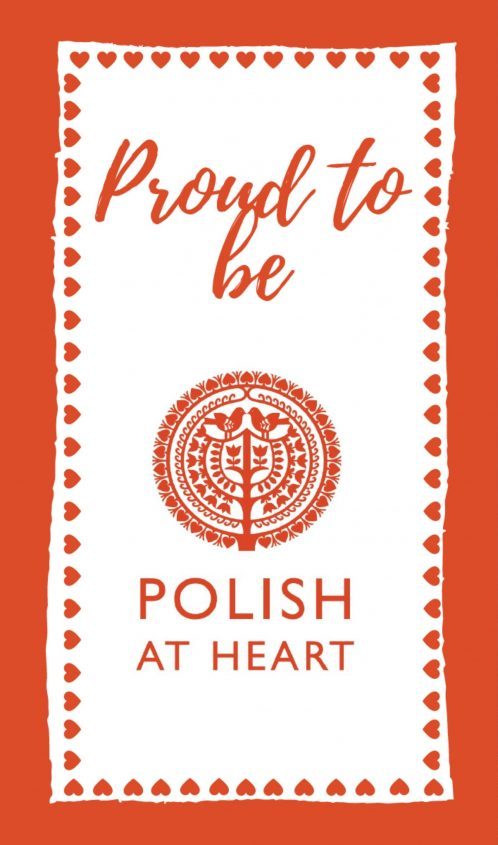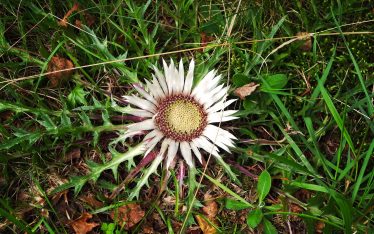Nearly 100 years after Władysław Reymont won the Nobel Prize for literature, his epic book „Chłopi”(The Peasants) has entered the world stage in a blaze of colour. An animated film from the makers of “Loving Vincent” has stormed the film industry, winning standing ovations at the Toronto Film Festival and will be Poland’s entry for the Oscars. To coincide with the film, the Polish book has been re-translated into English by Anna Zaranko whom I had the pleasure to meet this week.
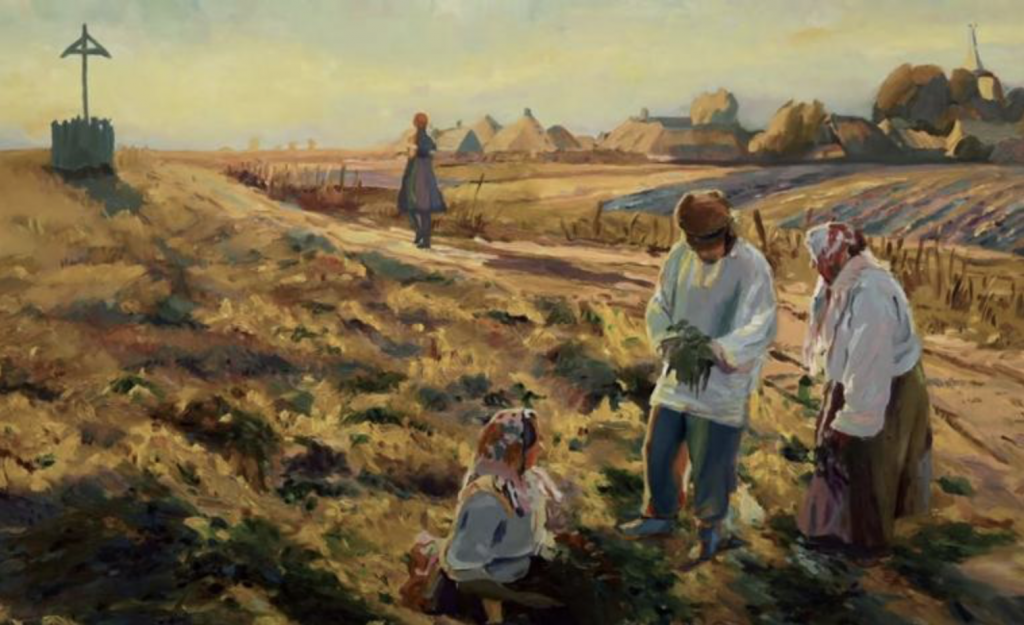
A spiritualist, writer and traveller
Born in a village in the Russian partition of Poland in 1867, Remont was a dreamer, inspired by the works of Polish poets like Juliusz Słowacki. Destined to be a tailor, he ran away from home to join a theatre group. Living a rootless life, his family eventually found him work managing a remote railway station which gave him time to write.
“I had faith in the world and a thousand bold projects in my mind. I wrote feverishly: dramas in ten acts, novels without end, stories in several volumes, poems. Then I tore up everything mercilessly and burned it.” (autobiography, published in the book series Les Prix Nobel 1924)
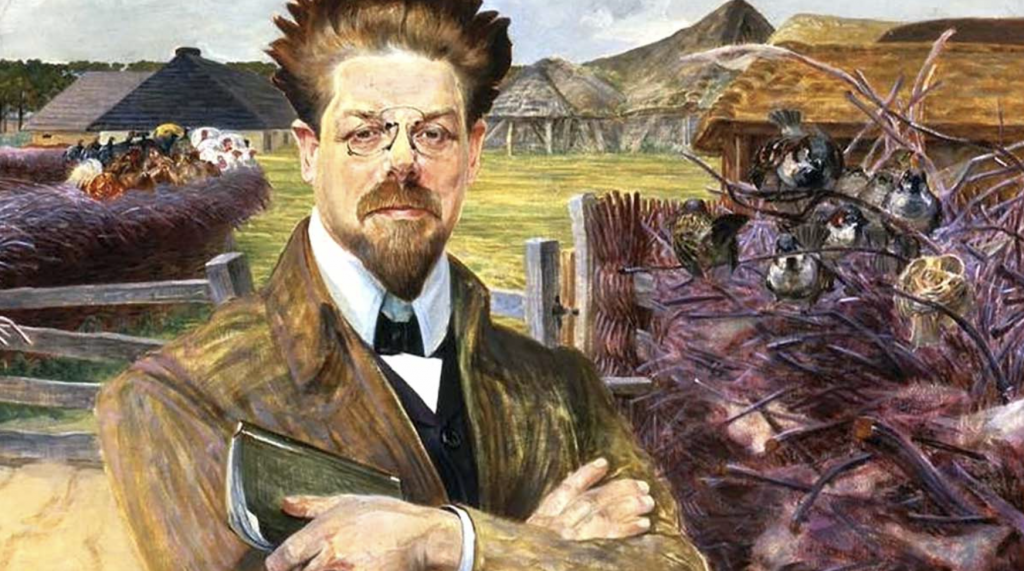
A few of Reymont’s stories were eventually published in Warsaw but he lost his job. Wandering again, he joined a pilgrimage to Częstochowa to the Black Madonna icon and was paid for his account of the journey. This began a prolific period of his life when he wrote about 30 books of prose including in 1899 “Ziemia Obiecana“ (The Promised Land) about society in Łódz during the Industrial Revolution. This from a man who never even got to secondary school.
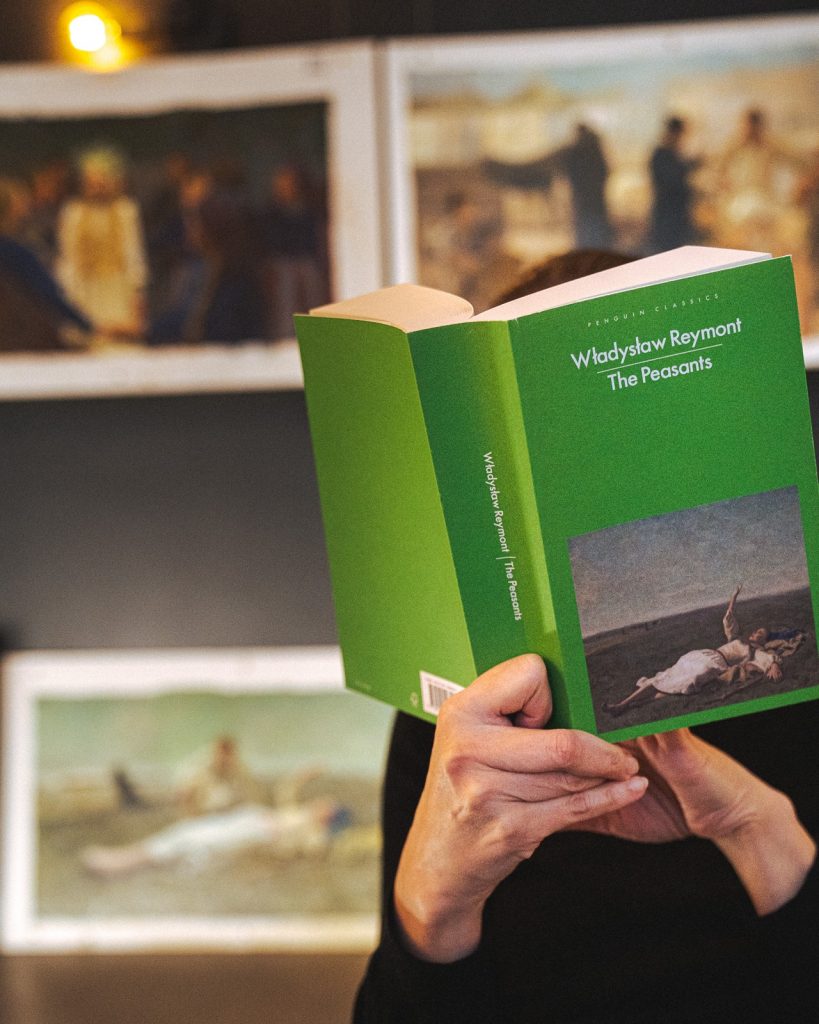
The Nobel Prize winning Chłopi (The Peasants) is his epic novel written between 1904 and 1909. It’s about a determined young woman forced to marry an older landowner, yet in love with his son, in a village atmosphere of local feuds and febrile gossip.
Fired up by spiritualism for a significant period, Reymont also travelled and lived extensively across Europe and the United States. Reymont’s last work Bunt (Revolt) was published a year before his death in 1925, describing a revolt by animals taking over a farm and introducing equality. Sounds familiar? It was banned in the later communist People’s Republic of Poland.
A literary classic
Anna Zaranko, an award winning translator is a second generation Pole. It took her two long years to translate the 900 page novel published by Penguin Classics. With modern readers in mind, she has transformed the archaic and stylised peasant vocabulary into relatable language.
‘Anna Zaranko’s astonishing, enthralling translation plunges readers into a world thrumming with life, gliding with seeming effortlessness between salty gossip and piercing longing, wry observation and exquisite lyricism.’’ (Megan Thomas, 2023)
Anna’s grandfather had owned substantial land in Poland which was confiscated after World War II. Her mother took her back regularly to the village and was determined to buy back every strip of land, so the importance of land which permeates the book, was dominant in her childhood.
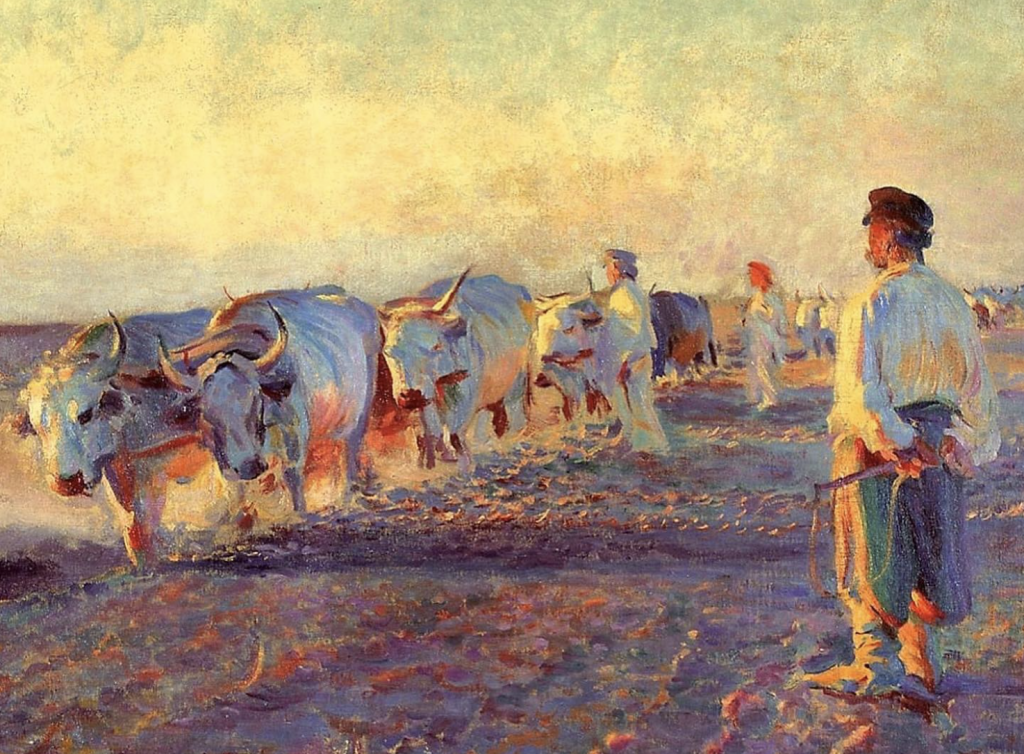
Reymont’s depictions of rural life move seamlessly from the animal like brutality of village life to impressionistic descriptions of nature whose seasons and incongruities dictate peasants’ lives. From work on the land through folklore, births and weddings to extreme poverty and death, nature rules. Anna described her fascination by the various levels of morning twilight that are beautifully expressed in the book.
Although Reymont’s themes are not generally consistent with those of the Młoda Polska (Young Poland) artists of the same era who were obsessed with the romance of folk culture, the filmmakers have successfully overlaid the two in the animation.
A cinematic pageant
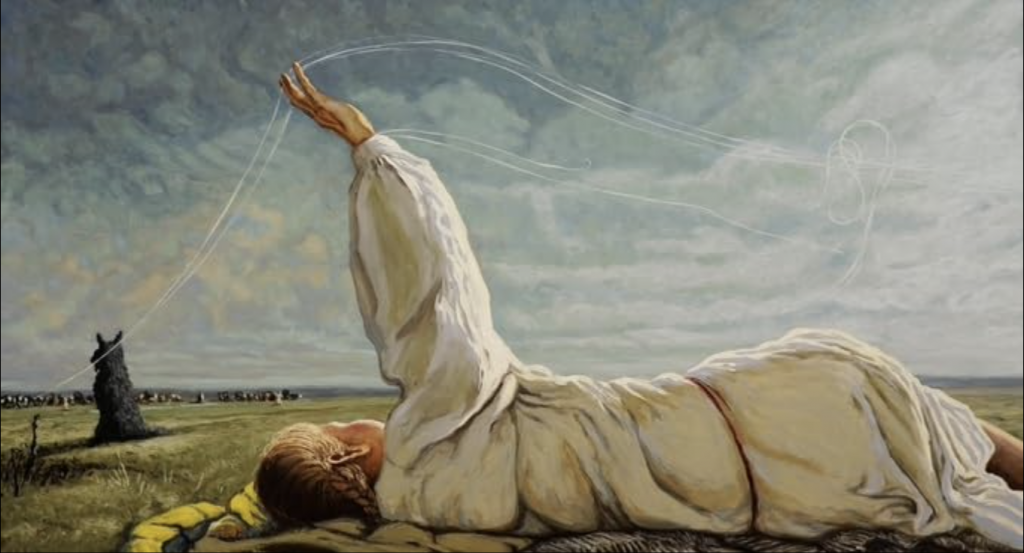
“Reymont painted his description of the world with words, while we paint the film literally in the style of his contemporaries from the Young Poland movement, to which Reymont also belonged.” (Dorota Kobiela, Screenwriter and Director, Breakthru Films)
The film took years to make, with famous Polish actors first performing before green screens. Then more than 100 painters in Poland, Serbia, Ukraine and Lithuania created oil paintings on canvas which can now be bought at https://shop.thepeasantsmovie.com. The Ukrainian artists and their families were evacuated from Kyiv when war broke out. The paintings were then transferred by animators to the film in 40,000 frames, such as the above based on Józef Chełmoński’s painting “Indian Summer”.
The seasons and their total domination of the land and peasants’ lives is such a contrast to modern life, but both the book and film’s essence is summed up in the quote:
„Miłość przychodzi i odchodzi, a ziemia zostaje” “Love comes and goes but the land remains”
I’m sure I will greatly enjoy reading the translation and seeing the film later in the year and I hope you also experience this national epic.
For more on the Młoda Polska movement read:
The book photo is from the Facebook page of Breakthru films.
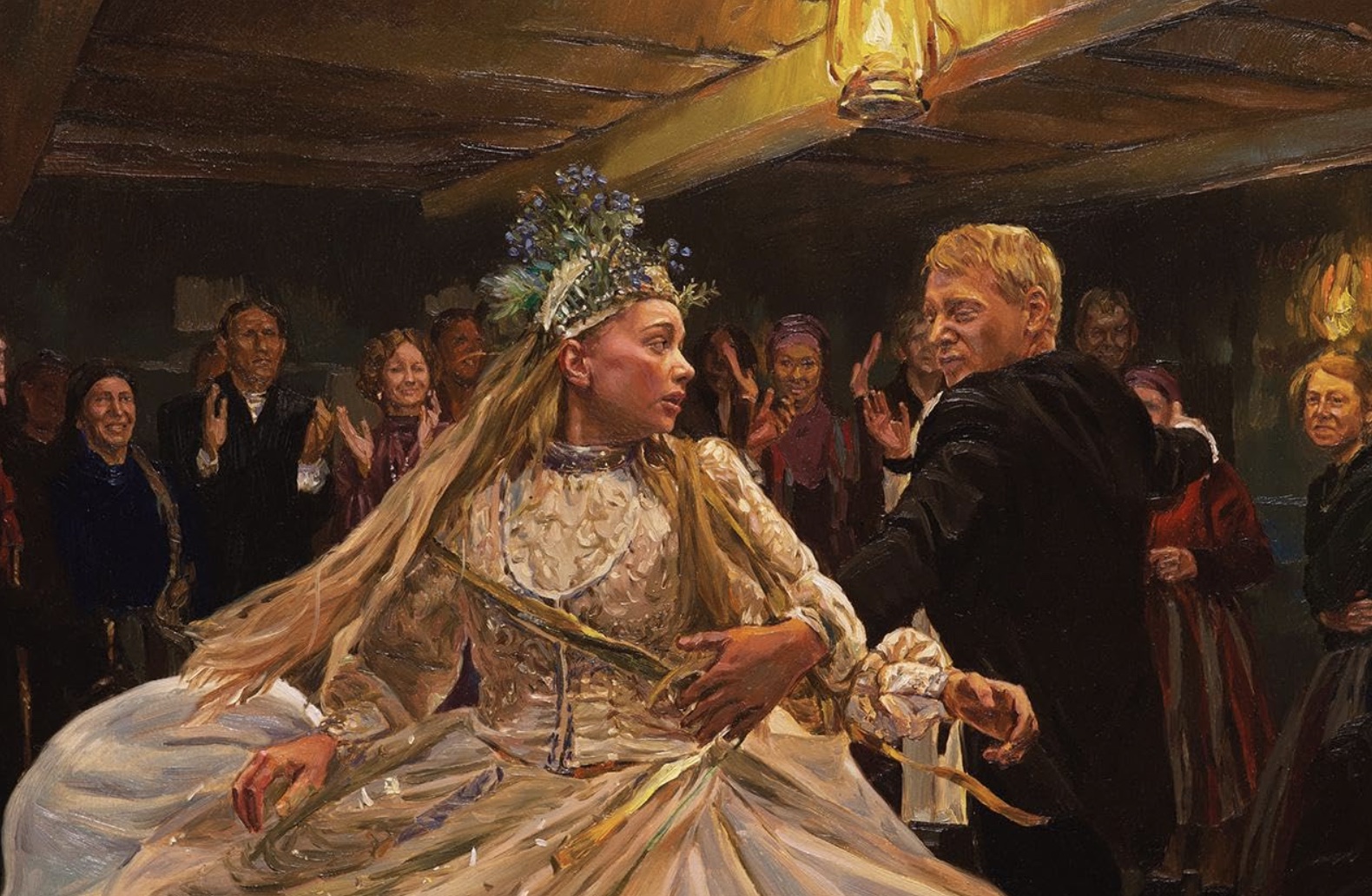

 1.Tracing Family History pre-WW2
1.Tracing Family History pre-WW2 2. Tracing Family History WW2
2. Tracing Family History WW2